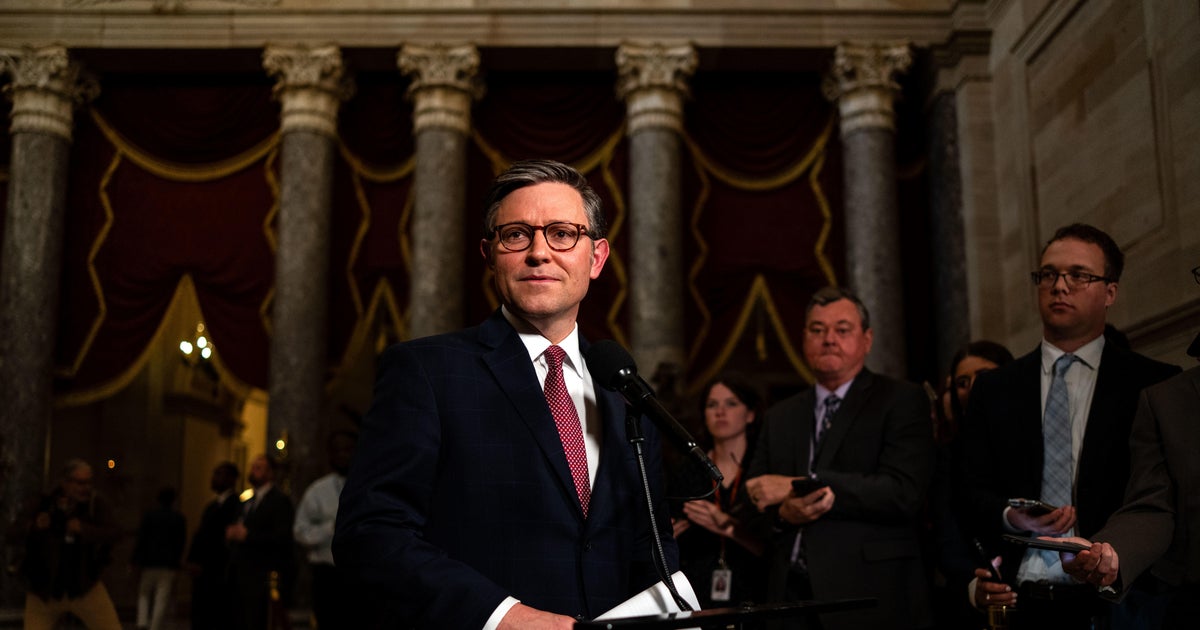Daylight saving time isn’t sunny for the economy
The end of daylight saving time may leave many Americans grumbling on Monday when they leave work and find full-on darkness awaiting. Yet there’s another reason to grumble: It’s not healthy for the economy.
Daylight saving time, which starts in the spring when America pushes forward its clocks by one hour, will end this Sunday, Nov. 6, when those clocks turn back an hour. The time change was created in World War I as a way to save energy by providing more hours of daylight in spring and summer evenings. (Farmers, contrary to widespread belief, didn’t support the measure because it meant they lost an hour of morning light.)
Aside from little proof that DST helps conserve energy, new research is shedding light on how consumers react to the time shifts, and it’s not a sunny picture. The time change has a net negative impact on consumer spending, according to an analysis of more than 380 million transactions by the JPMorgan Chase Institute, undercutting the belief that the extra hour of evening sunlight in the spring and summer is an economic boon.
“There is a perception that DST increases spending among those consumers who make use of the extra daylight to frequent shops and restaurants, or spend money on outdoor recreation and other activities,” the report said. “Our unprecedented view of spending around the beginning and end of DST does not support consumer spending claims of DST advocates.”
It added, “Most of the impact stems from responses at the end of DST, when spending on goods drops more than spending on services, and spending during the work week drops more than weekend spending.”
In other words, when the clock rolls back in November, Americans cut back on their spending, especially during the work week when employees find it’s already dark when they clock out of work. Some may take it as a signal to head home, rather than shop or meet friends for dinner.
The study examined spending in two cities, Los Angeles and Phoenix. Because Arizona doesn’t observe DST, the researchers examined consumer spending in Phoenix as the comparison with spending behavior in Los Angeles, where residents jump forward an hour in the spring and fall back an hour in the autumn.
When clocks roll forward in the spring, consumers in Los Angeles spend 0.9 percent more on daily credit card spending per capita. While that seems like a positive, those gains are wiped out when DST ends in November, the study found. The fall roll-back coincides with a 3.5 percent decline in per capita daily card spending among Los Angelenos, the study found. Overall, it’s a net negative.
“In our data, over two-thirds of the decline is due to a reduction in the number of transactions, which is consistent with the idea that daylight affects the decision to go to the store,” the study noted.
Some spending categories are worse-hit than others, JPMorgan found. Grocery stores feel the biggest bite, with a decline of 6 percent in daily per capita spending when DST ends. Fuel and discount stores lose more than 4.5 percent, while restaurants, personal and professional services and health care see smaller declines.
The impact of DST varies by city. JPMorgan noted that consumers in Denver spent 0.8 percent more at the start of DST and cut back by 4.9 percent in the fall, while consumers in San Diego spent only 2.2 percent less when daylight saving time ended.



